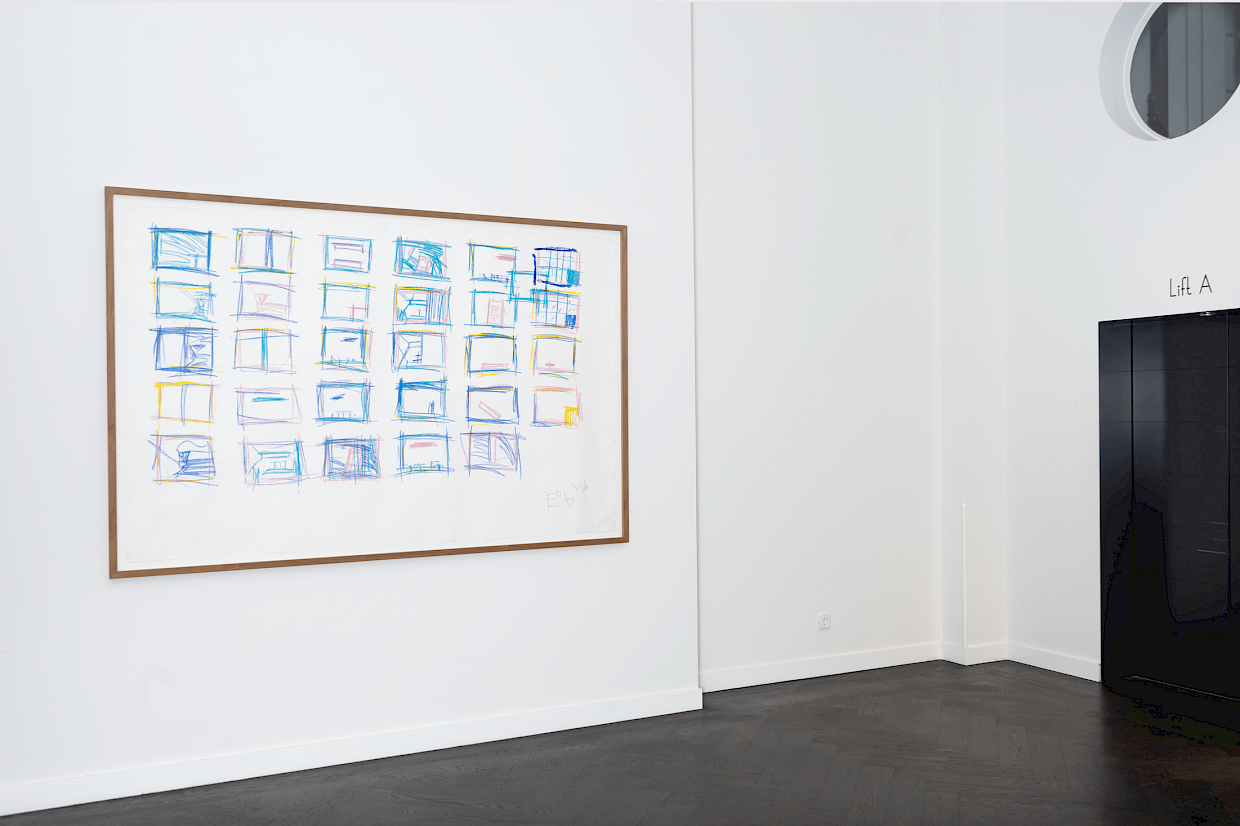

Robert Wilson (b. 1941)
Einstein on The Beach

In January 2013, the opera Einstein on the Beach was performed in Amsterdam in the presence of Phillip Glass and Robert Wilson, the creators of this Gesamtkunstwerk. This monumental opera premiered in Avignon on 25 July, 1976. Wilson and Glass had worked on it for over two years, together with choreographer Lucinda Childs. Now, more than 40 years later and with just 40 performances behind them, the piece has gained the status of one of the most important musical and visual productions of the second half of the 20th century. The revolutionary music of Glass, mainly using synthesizers, woodwinds and voices, combined with Wilson’s spectacular images and the chosen lyrics, makes the result overwhelming. A clear storyline, present in many traditional operas, is lacking. The audience is confronted with a free, metaphorical view of Albert Einstein’s life. To the creators, unobstructed association is more important than finding a unanimous meaning. Glass’s music, which is hypnotic at times, certainly contributes to this. Many believe that this play will eventually acquire a status of fame comparable to that of, for example, Bach’s St Matthew Passion.
This drawing is a full-colour sketch of all of the acts in Einstein on the Beach. Save a few minor changes here and there, this sheet includes the entire opera with all acts and interludes. It’s a typical Wilson drawing: large sheets of quickly drawn, free sketches which are developed into smaller, more detailed black pencil drawings later on. These are used for the production of the stage designs, but also for the rehearsal of the individual acts. The drawing is meant to be viewed column by column, starting in the top left corner. Scenes such as Train (1st column, bottom left), Trial (2nd column, bottom), Trial and Prison (4th column, 2nd from top), Building (5th column, 2nd from top) and Spaceship (6th column, top right) are identifiable. The horizontal and vertical stripes in the 2nd column are references to Einstein’s famous chalk, which is depicted on stage as a large white strip of light.
The drawing dates back to 1976, the year the opera premiered. Robert Wilson showed a lot of interest in this sheet when he was approached about it, as he honestly had no idea that this important drawing was in Dutch hands. Sometimes, this happens with works of art. He thought it would have made a nice addition to the programme booklet of a recent performance and at the 2012 exhibition of sketches for Einstein on the Beach at the Pierpont Morgan Library in New York. That exhibition had only 13 sheets on display, with a total of 113 stage drawings. Apart from the importance of the drawing, it is also a colourful feast for the eye.